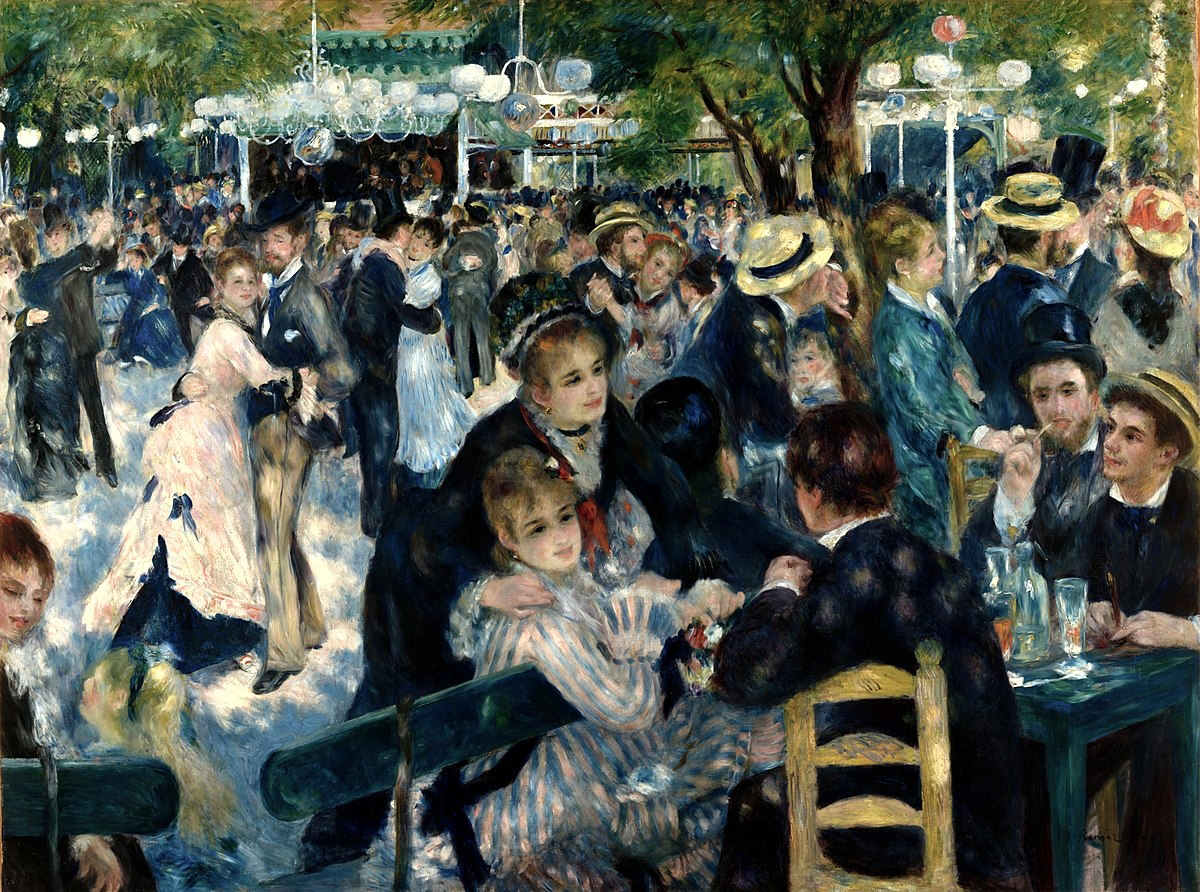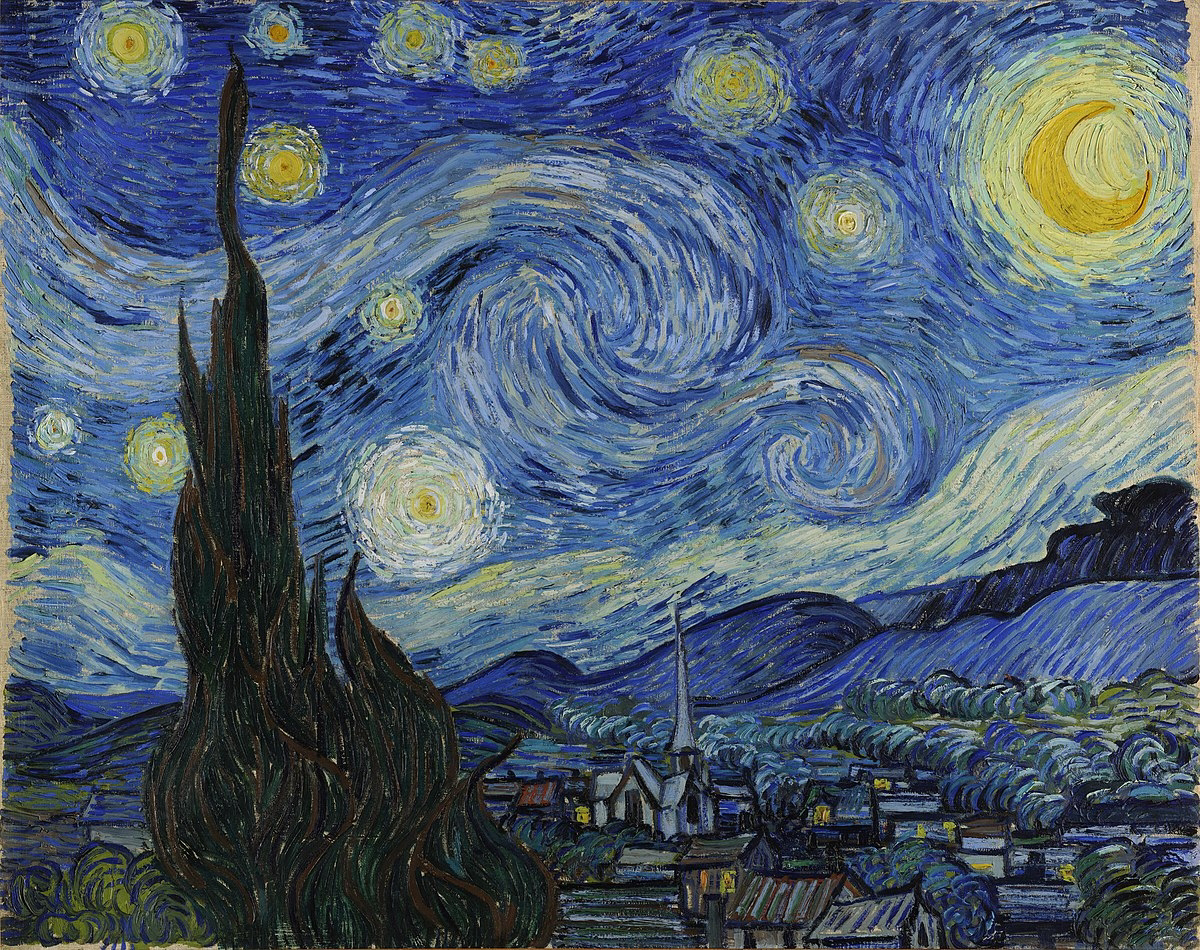Impressionism is a 19th-century art movement characterized by relatively small, thin, yet visible brush strokes, open composition, emphasis on accurate depiction of light in its changing qualities (often accentuating the effects of the passage of time), ordinary subject matter, unusual visual angles, and inclusion of movement as a crucial element of human perception and experience. Impressionism originated with a group of Paris-based artists whose independent exhibitions brought them to prominence during the 1870s and 1880s.
Key Features of Impressionism
* **Small, thin, yet visible brush strokes:** Impressionist artists used small, thin brush strokes to create a sense of movement and light. This technique is known as "Impressionist brushwork."
* **Open composition:** Impressionist paintings often have an open composition, which means that there is no clear focal point. This is done to create a sense of movement and to allow the viewer to explore the painting at their own pace.
* **Emphasis on accurate depiction of light:** Impressionist artists were obsessed with capturing the effects of light on their canvases. They often painted outdoors, in order to capture the changing qualities of light throughout the day.
* **Ordinary subject matter:**
Impressionist artists often painted ordinary subjects, such as landscapes, cityscapes, and people going about their daily lives. This was a departure from the traditional practice of painting historical or religious subjects.
* **Unusual visual angles:**
Impressionist artists often used unusual visual angles to create a sense of dynamism and movement. For example, Claude Monet's painting "Impression, Sunrise" is famous for its low viewpoint, which gives the viewer the impression of looking up at the sun rising over the water.
* **Inclusion of movement:**
Impressionist artists were interested in capturing the sense of movement in their paintings. They often did this by using blurred brushstrokes or by depicting people or objects in motion.
## Famous Impressionist Artists
* Claude Monet
* Edgar Degas
* Paul Cézanne
* Pierre-Auguste Renoir
* Camille Pissarro
* Alfred Sisley
* Berthe Morisot
* Mary Cassatt
* Edgar Degas
* Édouard Manet
* Vincent van Gogh
Famous Impressionist Paintings
* "Impression, Sunrise" by Claude Monet
* "Luncheon of the Boating Party" by Pierre-Auguste Renoir
* "The Dance at the Moulin de la Galette" by Pierre-Auguste Renoir
* "The Starry Night" by Vincent van Gogh
* "Water Lilies" by Claude Monet
* "The Swing" by Edgar Degas
* "The Umbrellas" by Edgar Degas
* "The Loggia" by John Singer Sargent
* "The Breakfast Table" by Edgar Degas
The Impact of Impressionism
Impressionism had a profound impact on the development of modern art. It was the first art movement to break away from the traditional conventions of painting, and it paved the way for other modern art movements, such as Post-Impressionism, Cubism, and Abstract Expressionism. Impressionism also had a major impact on the development of photography, as photographers began to experiment with capturing the effects of light and movement in their own work.
Conclusion
Impressionism was a revolutionary art movement that changed the way we see the world. It was a movement of experimentation and innovation, and it paved the way for the development of modern art. Today, Impressionist paintings are some of the most beloved and admired works of art in the world.











_-_The_Girl_With_The_Pearl_Earring_(1665).jpg)





Write your comment, question or your support .